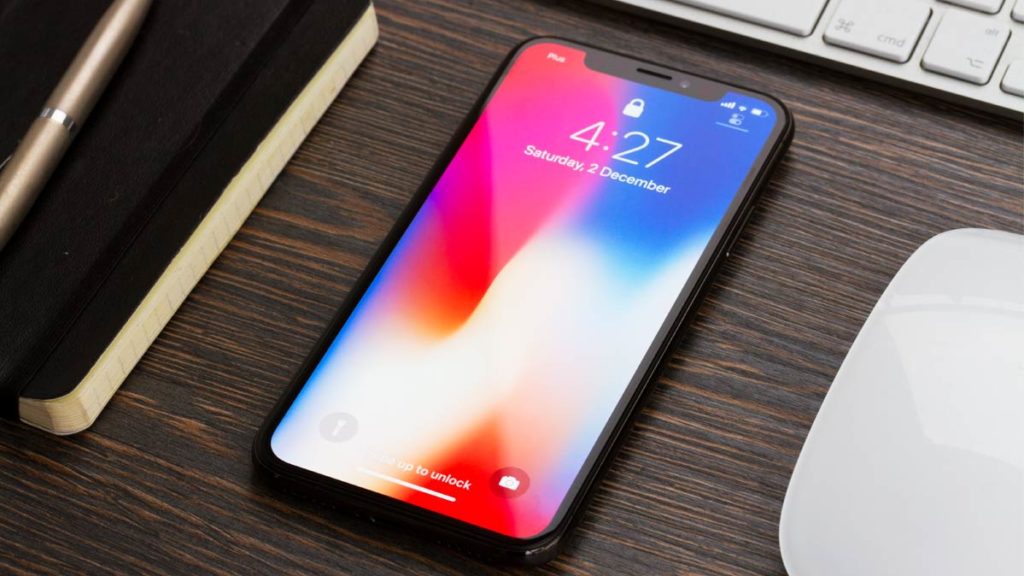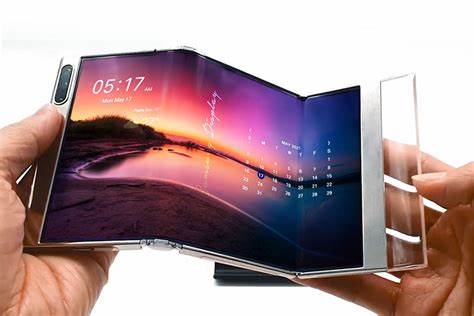Smartphone screens have come a long way since the early days of mobile technology. With each passing year, display technology has advanced, offering users more vibrant colors, sharper images, and smoother experiences.
In this article, we will take a journey through the evolution of smartphone screens, starting with the humble LCD and moving on to the stunning OLED displays we see today, while also discussing what the future might hold for smartphone display technology.
The Early Days: Monochrome and Passive Matrix Displays
In the beginning, mobile phones featured monochrome displays that could only show a limited number of characters on the screen. These early screens were based on passive matrix technology and had slow refresh rates, resulting in a ghosting effect when text or images moved across the screen.
Active Matrix LCD Smartphone Screens
As technology evolved, so did mobile phone displays. In the late 1990s and early 2000s, active matrix LCD (liquid crystal display) screens became the standard for mobile phones.
These displays offered faster refresh rates and better image quality than passive matrix displays. Active matrix LCDs were also thinner and consumed less power, making them an ideal choice for portable devices.
TFT LCD: A Leap Forward in Image Quality
The introduction of thin-film transistor (TFT) technology marked a significant leap forward in image quality for LCD displays.
TFT LCDs offered higher resolutions, more accurate color reproduction, and faster refresh rates than their predecessors. TFT LCDs became the standard for high-end smartphones and remained popular until the advent of OLED technology.
Enter OLED: A New Era of Smartphone Screens

OLED (organic light-emitting diode) technology revolutionized smartphone displays. Unlike LCDs, which require a backlight to produce images, OLED displays emit light from organic compounds when an electric current is applied.
This technology offers several advantages over LCD screens:
- Thinner and lighter: Since OLED displays do not require a separate backlight, they can be made thinner and lighter than LCDs.
- Faster refresh rates: OLED displays have faster refresh rates, resulting in smoother motion and improved touch response.
- Superior contrast and color accuracy: OLED displays can produce true blacks by turning off individual pixels, resulting in an infinite contrast ratio and more accurate color reproduction.
- Improved power efficiency: OLED screens consume less power when displaying darker images, as they only need to power the lit pixels.
The OLED technology further evolved into AMOLED (Active Matrix Organic Light-Emitting Diode) displays, which combined the benefits of active matrix technology with the advantages of OLED.
The Rise of Flexible and Foldable Smartphone Screens

One of the most significant innovations in recent years has been the development of flexible and foldable displays. OLED technology’s thin and lightweight nature has enabled the creation of bendable screens that can be folded or rolled up without damaging the display.
This breakthrough has led to the development of foldable smartphones like the Samsung Galaxy Fold and the Huawei Mate X, which can transform from a compact phone to a tablet-like device.
The Future: MicroLED and Beyond
While OLED technology has become the gold standard for smartphone displays, there are still areas for improvement. One emerging technology that may challenge OLED’s dominance is MicroLED. MicroLED displays use tiny inorganic LEDs to emit light, offering several advantages over OLED:
- Improved lifespan: MicroLED displays are less prone to degradation over time compared to OLED.
- Increased brightness: MicroLEDs can produce brighter images than OLED displays, making them more suitable for outdoor use.
- Better energy efficiency: MicroLED displays consume less power than OLED, leading to improved battery life for smartphones.
- Enhanced durability: MicroLED displays are more resistant to burn-in and other long-term damage compared to OLED displays, ensuring a longer-lasting screen.
However, MicroLED technology is still in its early stages, and there are challenges in scaling it down for smartphone-sized screens.
While companies like Samsung and Apple are investing heavily in MicroLED technology, mass production of MicroLED displays for smartphones has yet to be achieved. However, as the technology continues to develop, it is expected that MicroLED will become a viable alternative to OLED in the coming years.
Emerging Technologies: Holographic and Transparent Smartphone Screens
As we look even further into the future, we may see the emergence of new display technologies that push the boundaries of what is possible with smartphone screens. Two such technologies are holographic and transparent displays.
Holographic displays can project 3D images into the air without the need for special glasses, offering a more immersive and interactive user experience. While the technology is still in its infancy, companies like RED have already showcased prototypes of smartphones with holographic displays.
Transparent displays, on the other hand, allow users to see through the screen while it displays content. This technology has the potential to revolutionize how we interact with our smartphones, allowing for more seamless augmented reality experiences and innovative new designs.
The evolution of smartphone screens has been a remarkable journey, with each new technology offering a better, more immersive experience for users. From the early days of monochrome and passive matrix displays to the stunning OLED screens we see today, the quest for the perfect smartphone display is ongoing.
As we look forward to the future of MicroLED, holographic, and transparent displays, one thing is clear: smartphone display technology will continue to evolve, offering new and exciting possibilities for users and manufacturers alike.
iFixYouri is your number-one trusted repair source for issues with smartphone screens.
